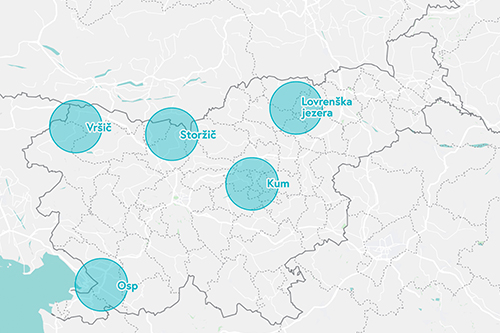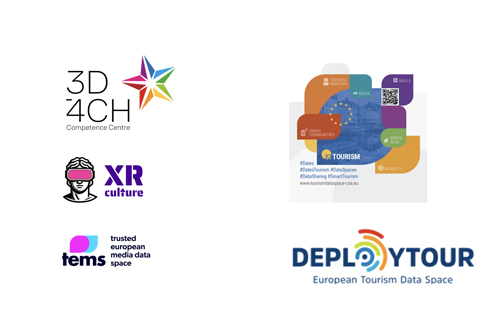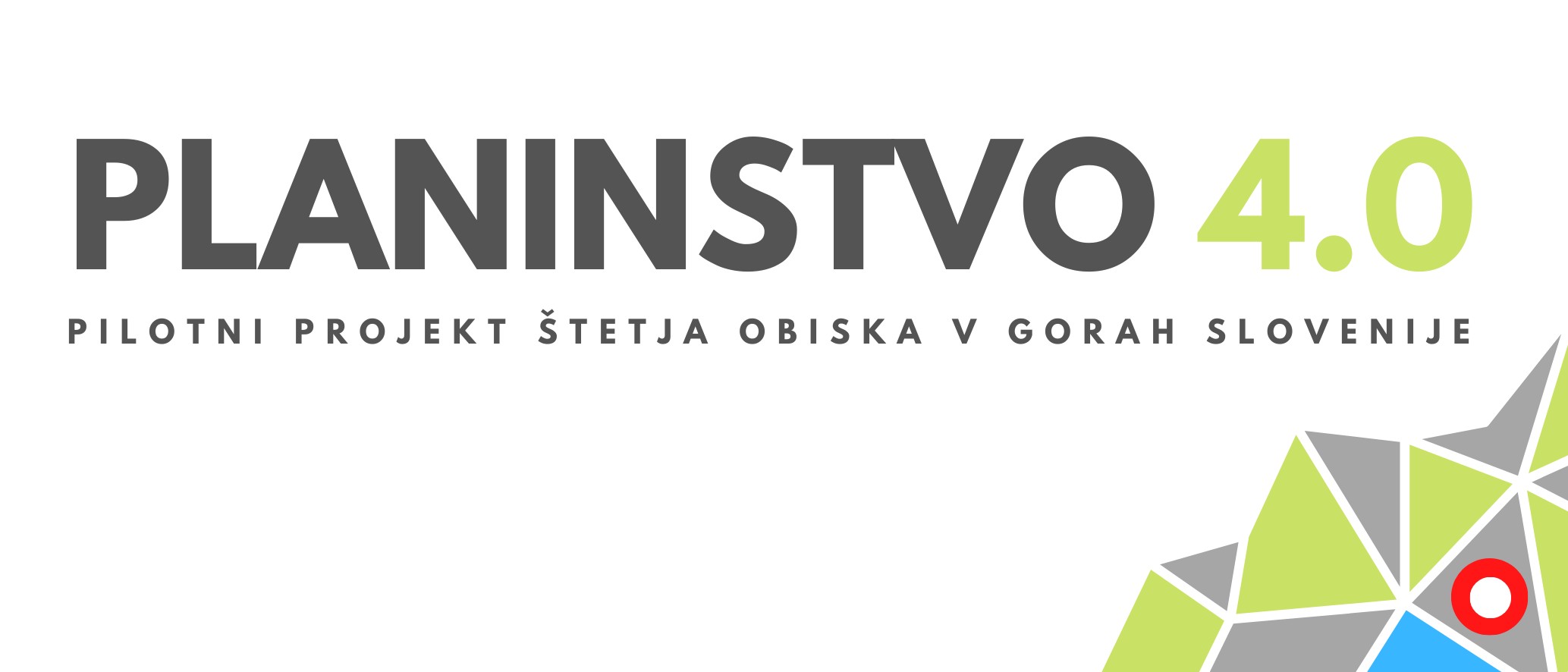
November's Most Visited Slovenian Hiking Trail: Vršič to Slemenova Špica!
Congratulations to the trail from Vršič to Slemenova Špica for being the most visited hiking trail in Slovenia in November 2023!
As part of the Mountaineering 4.0 project, led by the Alpine Association of Slovenia, CIPRA Slovenia, and Alpine Club Tržič, subcontractor Arctur installed 29 footfall monitoring sensors. These sensors were placed at five popular locations: Osp, Kum, Lovrenška Lakes, Vršič, and Storžič, to measure hiker traffic.
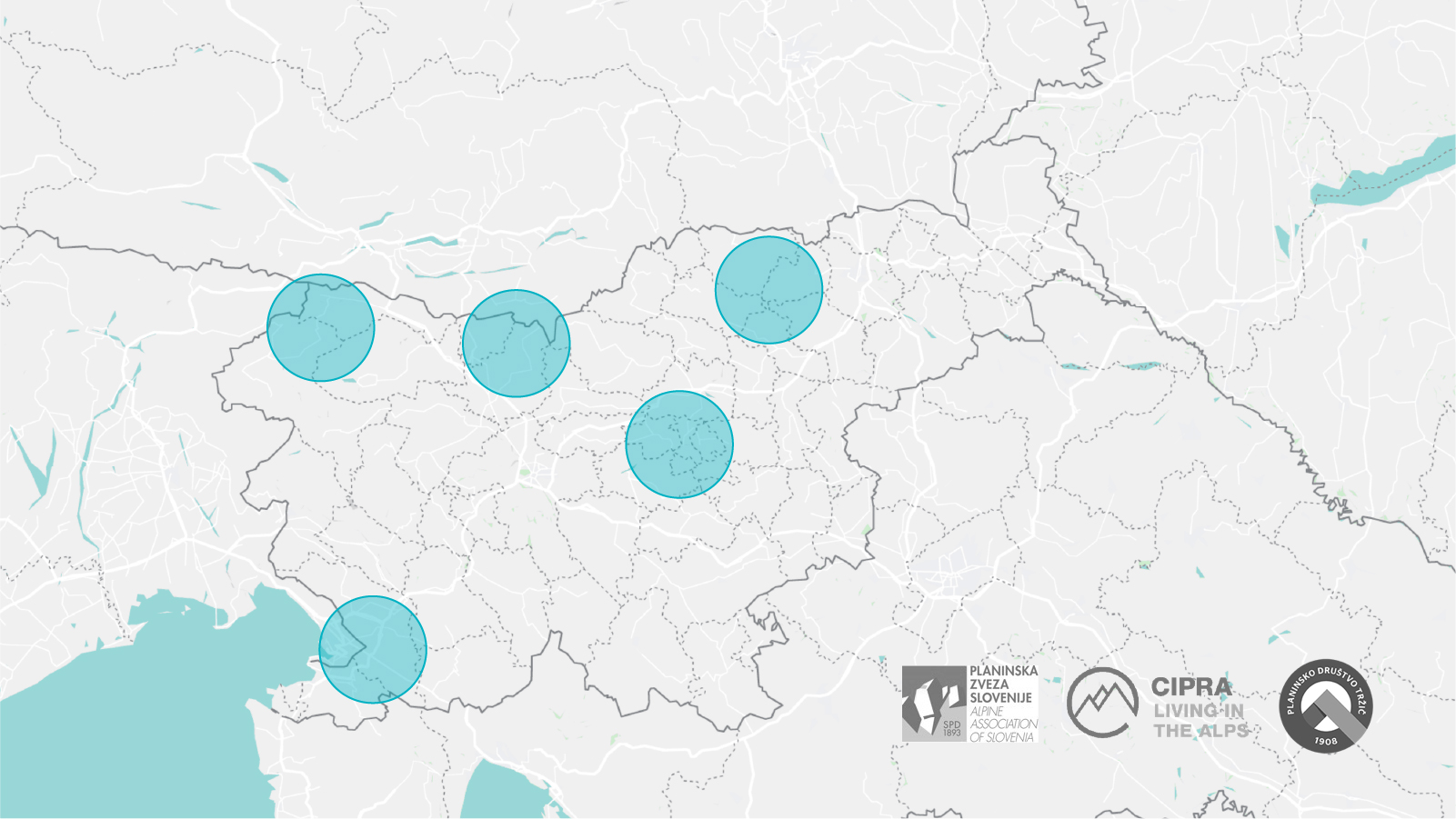
The sensors collected GDPR-compliant, up-to-date data on visits to these locations. This data was crucial for understanding visitor patterns in the Alpine area and supporting sustainable visitor flow management.
Why was this important?
The sensitive Alpine ecosystems faced severe visitor overload, exceeding their carrying capacities. To address this, effective measures were needed to disperse and redirect visitor flows. The project involved combining data from the footfall sensors with other real-time data sources, such as weather data, mobile signal users, and overnight stays in mountain huts.
The project's overall aim was to integrate various data sources to better understand visitor flows. This helped develop efficient, place-based tourism strategies and action plans. Additionally, it provided the opportunity to promote the development of smaller towns along the main hiking paths by redirecting visitors to less crowded destinations, thereby creating new, unique, and sustainable tourist opportunities.
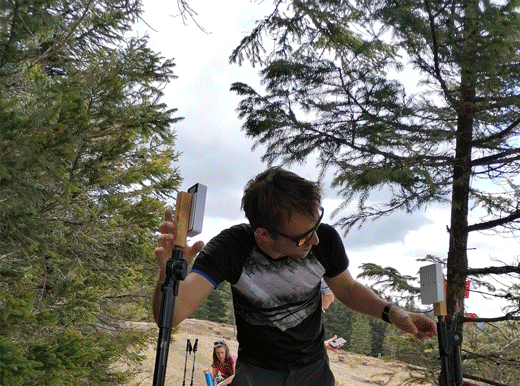
However, acquiring this data presented challenges. Interconnecting data from different sources was complex. Some data was stored in private databases, available only through pay-per-use models, or not accessible for further use at all. Despite these challenges, the project successfully tackled these issues head-on.
For further information, contact us.

